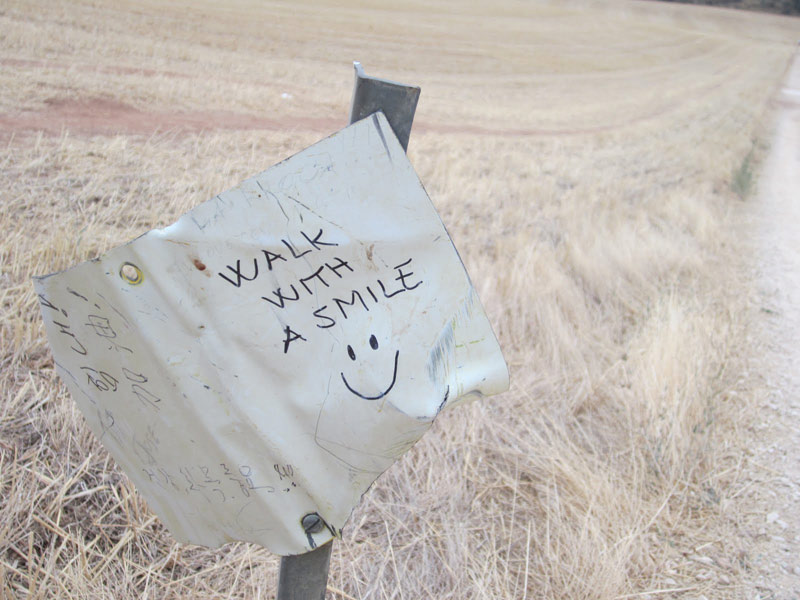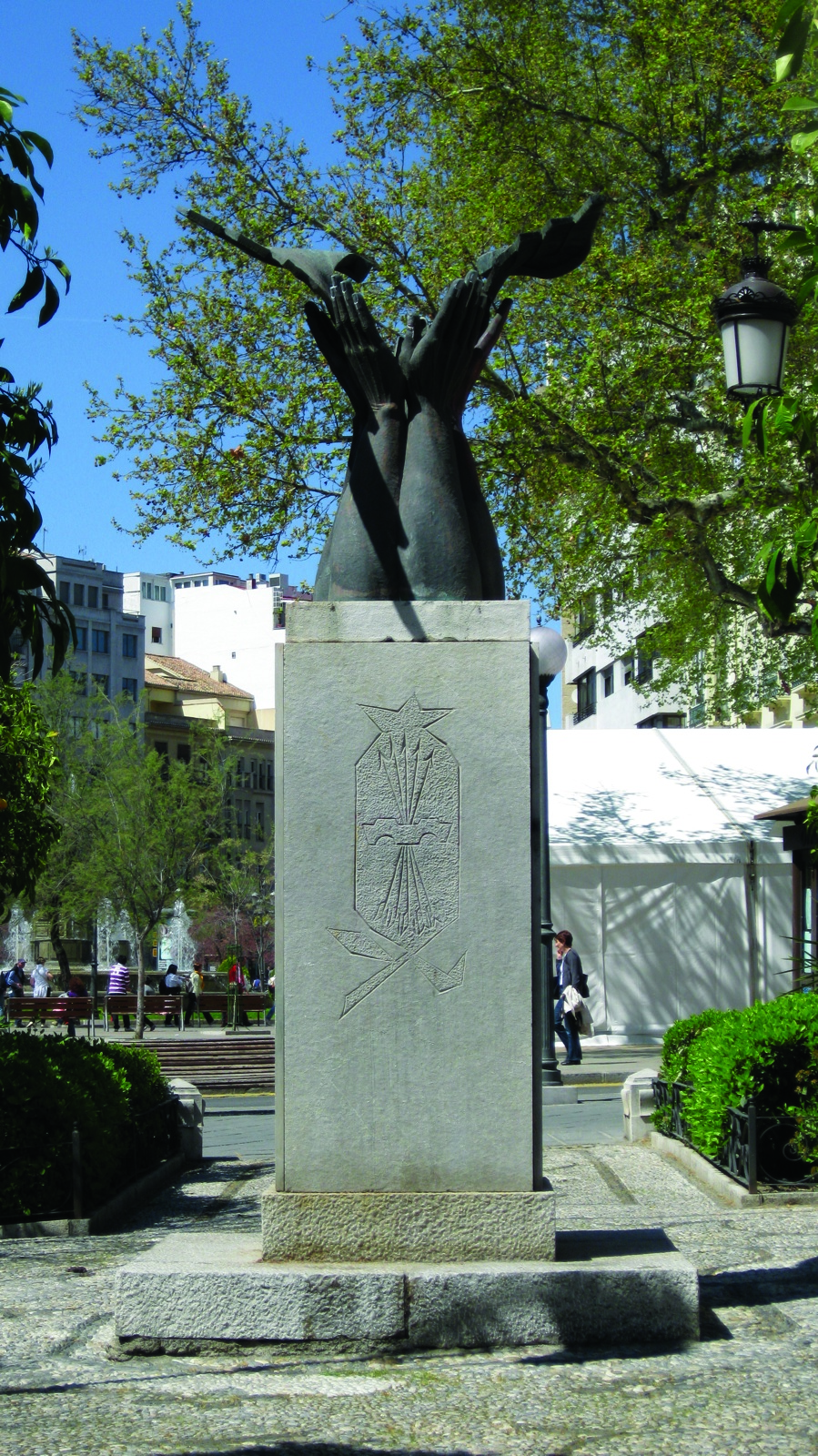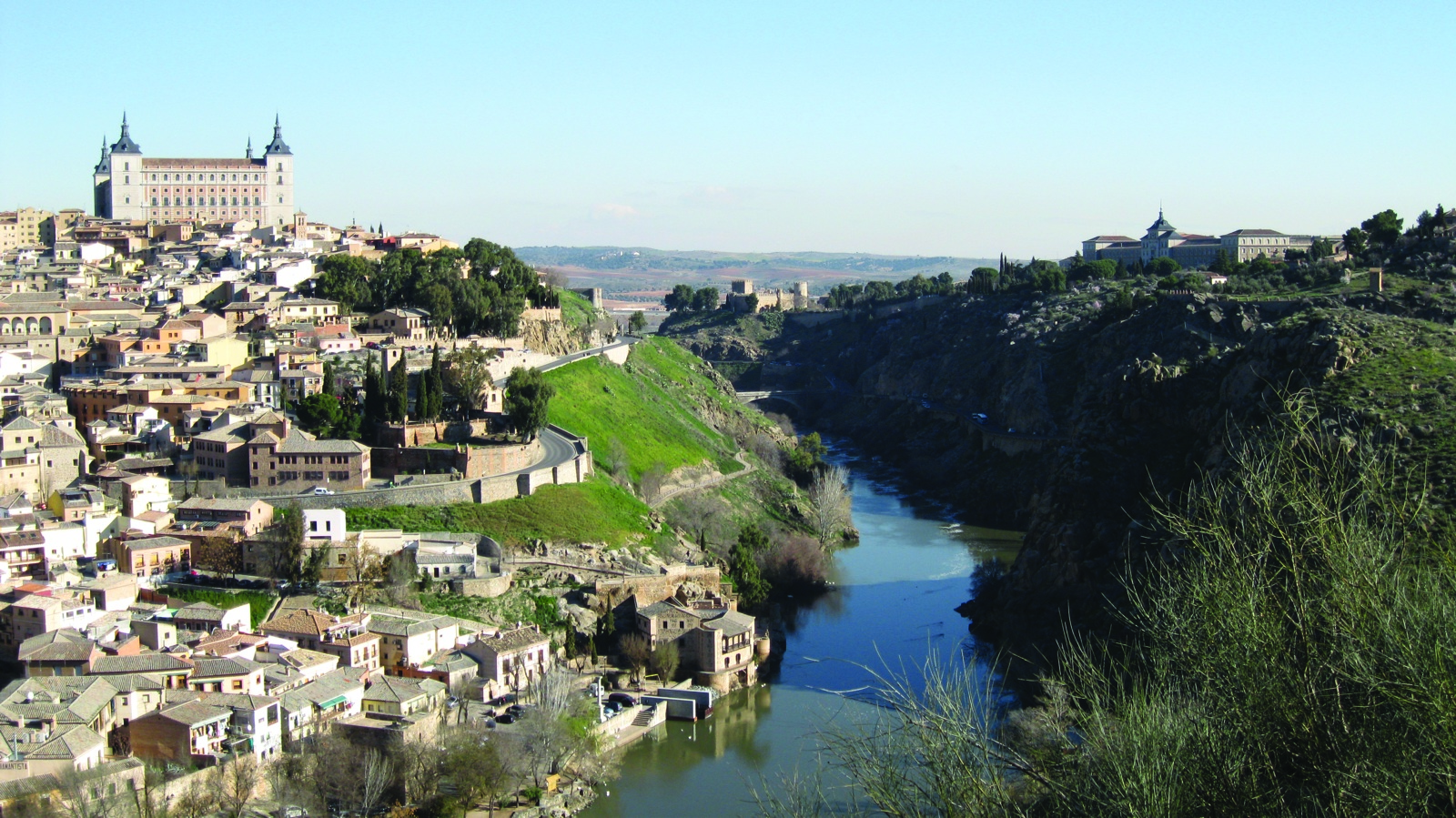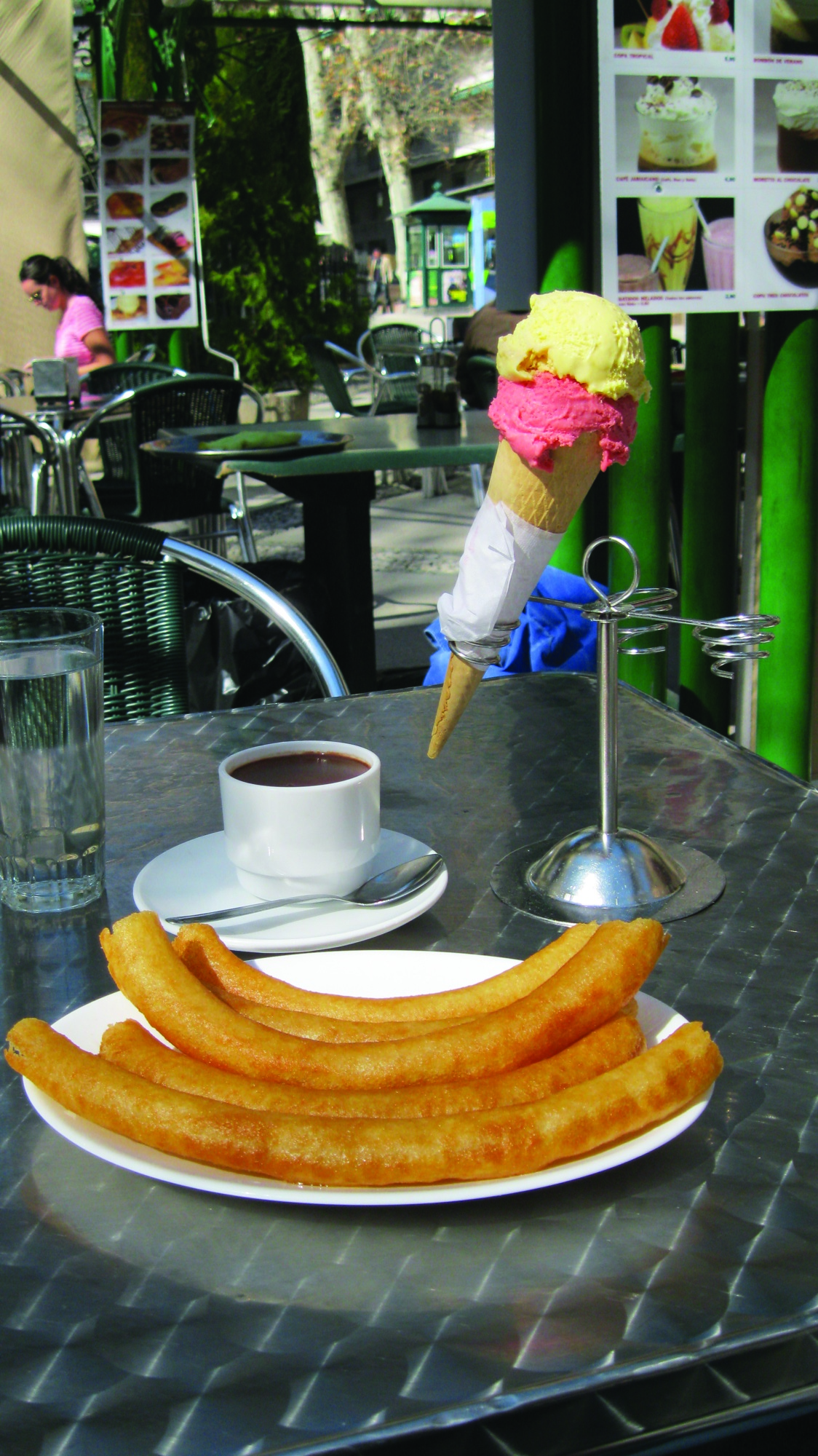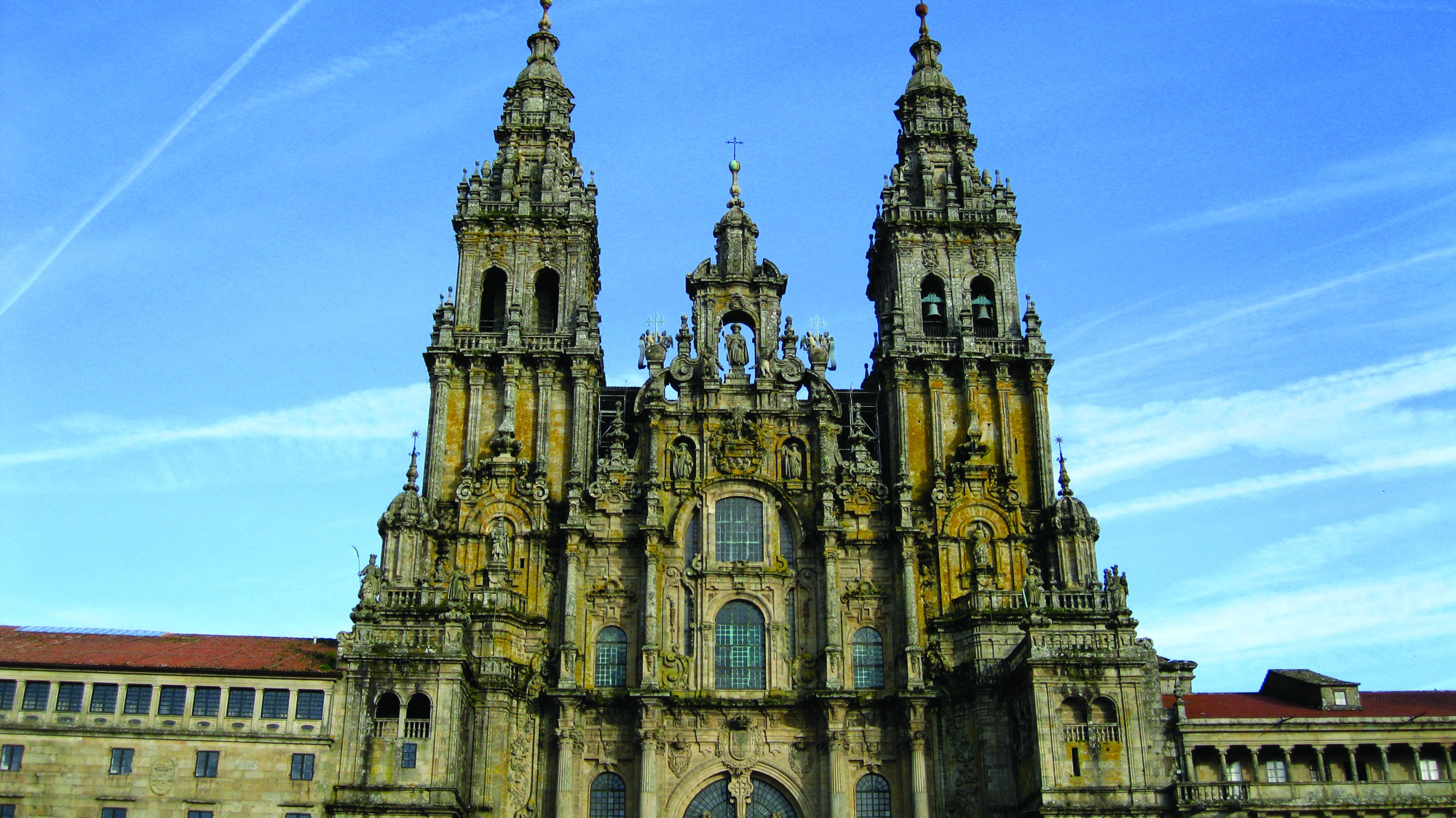One of the more polemic icons traditionally associated with Spain is the Corrida de Toros, or, its less elegant translation, bull fighting. With the beginning of spring, los Plazas de Toros in Granada and all of Spain open to receive tourists and native spectators for the new season of bull fighting.
This past Saturday, one of the first corridas of the season kicked off with the fifteenth “Festival Taurino,” which is an annual charity event to raise money to help find a cure for Down syndrome.
Six primed bulls of Spanish caliber were led into the plaza to be courted by six different professional matadors. The caliber of the matadors was also something to be anticipated, as some of the biggest names in Spanish bullfighting demonstrated their knowledge of the sport, such as Enrique Ponce, “El Cid,” “El Fandi” and the local Granadino Miguel Hidalgo.
With the stands full of a crowd ranging from aged Spaniards to wary students, the warm spring day made for an inviting stage for the day’s events. While the visit to the Corrida was not sponsored by the ILACA program, thirteen students went on Saturday to witness their first corrida.
“The experience at the corrida was very interesting and fun. The air surrounding the fiesta was not cruel or bloody but to help people with Down syndrome and to appreciate the rhythm of the matador, the music and the theatricality of the event,” Puget Sound student Joseph Lomeo said.
“If you don’t understand the history of Spain you won’t be able to appreciate the fiesta—between the matador’s costumes, the Goyesque style of art, the rhythm of the dance and the music show, you see many different cultural aspects of Spain that are pointless if you are unable to see past the blood. Yes the first killing was difficult, but after that we were able to appreciate the art and history that goes into the Corrida de Toros,” Lomeo added.
For those unfamiliar with the structure of the Corrida de Toros, there are six bulls for each event and a varying number of matadors.
Sometimes one matador takes on all six of the animals or, like Saturday’s event, each matador takes one bull.
The Corrida is broken into three parts that last about a total of twenty minutes of spectacle for each bull. The three parts of the Corrida consist of a mounted lance man who stabs the bull right off to weaken it; this is followed by the famous cape dancing of the matador and the bull.
The second part of the sequence is a series of knives that the matador uses to attempt to embed in the bull in key locations for a quicker and hopefully painless death.
The finale of the bull fight consists of more dancing and finally the fatal stroke of the sword as the matador ends the competition.
To say that all of the bulls which participate in the Corrida meet a fatal end is incorrect. Most of the bulls are eventually killed and their meat sold to butcher shops; however, the matador can intervene and spare the life of his combatant if he sees a special valor in the animal. That is not to say this occurs often, although the famous “El Fandi” is known to have liberated a few “worthy” bulls in his career.
Although the Corrida de toros is seen by foreigners as a symbol and inherent aspect of Spanish culture, the real population of Spain is about sixty percent against and forty percent for the spectacle.
The main support of this event comes from the south of Spain, especially in the autonomy of Andalusia. Even more specifically, the real diehard fans of this sport are the older generations of Spaniards who want to keep their cultural heritage alive.
That is not to say that today’s young people are all totally against bull fighting; in fact, the correct term would be to say that they are neutral on the subject. Thus this neutrality permits the sport to continue, although less and less Spaniards in their prime are to be seen in the Plaza de Toros.
To continue describing bull fighting as a symbol of Spain is erroneous because certain autonomies of Spain, such as Catalan, have enacted laws prohibiting the Corrida de Toros within their sphere of autonomy.
While the bullfights seem to be dwindling in popularity within the younger generations of Spaniards, other events that utilize bulls in the country still continue to enjoy immense popularity, such as the running of the bulls in Pamplona.
Each year with the hundreds of fiestas Spain has to offer, thousands of bulls are utilized as an integral part of the celebration. It seems that the popular symbol of the bull continues to be an active part of the Spanish identity.

